The Ultimate Guide to Telegram's Business Model: Innovation, Privacy, and Revenue Strategies
Challenges and Risks Facing Telegram Despite its success, Telegram faces several challenges that could impact its long-term growth: Regulatory Scrutiny Teleg
- by Anmol Chitransh 2025-04-04 09:01:59
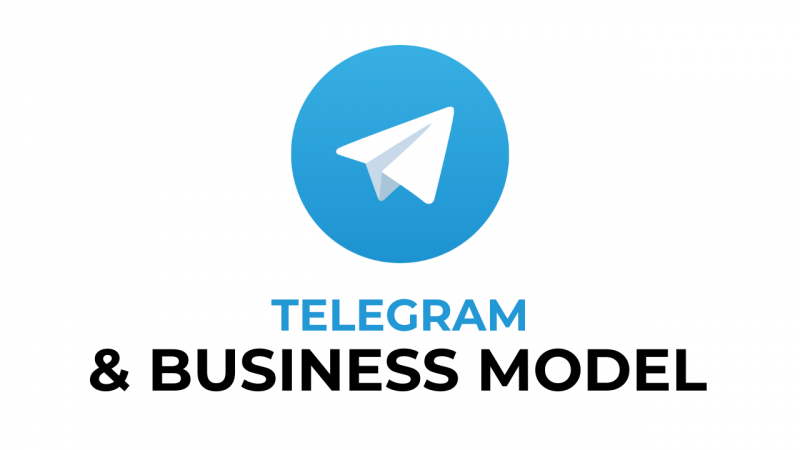
Introduction: A New Era in Messaging
Telegram was created with a singular vision: to offer fast, secure, and versatile communication without compromising user privacy. Unlike many mainstream messaging apps, Telegram has deliberately chosen not to rely on traditional advertising revenue. Instead, it has built a robust ecosystem that includes innovative premium features and a commitment to an ad-free experience. This approach has garnered a loyal user base and positioned Telegram as a trusted platform for secure and private communication.
The Core Principles Behind Telegram's Business Model
1. User-Centric Focus
At the heart of Telegram's success is its unwavering commitment to the user experience. The platform is designed to be:
- Fast and Reliable: Cloud-based messaging ensures that users can access their messages instantly from any device.
- Feature-Rich: Beyond basic messaging, Telegram offers a variety of functionalities such as creating custom sticker sets, using bots for productivity, and joining channels for curated content.
- Privacy-First: Telegram provides robust security features like end-to-end encryption in secret chats, two-factor authentication, self-destructing messages, and customizable privacy settings. This focus on privacy builds trust and sets the platform apart from competitors.
2. Innovative Monetization Without Intrusive Ads
Telegram’s business model is unique because it strives to generate revenue without compromising its core promise of an ad-free experience:
- Telegram Premium: Launched in June 2022, Telegram Premium is a subscription model that offers users additional benefits such as increased channel limits, faster download speeds, and access to premium stickers. This freemium model provides a sustainable revenue source while keeping the basic service free for all users.
- In-App Purchases: Telegram offers various digital goods, including premium stickers and custom emojis. These one-time purchases allow users to personalize their experience without impacting privacy.
- Founders’ Funding: Historically, Telegram has relied on funding from its founder Pavel Durov, ensuring that the platform remains independent and true to its user-first philosophy.
- Future Revenue Streams: Telegram is exploring additional options such as user donations and expanded premium features to further bolster its revenue without resorting to traditional advertising.
In-Depth Look at Telegram’s Revenue Streams
Here’s how the platform generates income without compromising its core values:
A. Premium Subscriptions
-
Telegram Premium: Users can opt into a subscription that unlocks additional features such as higher upload limits, faster downloads, and exclusive sticker packs. This premium model provides a steady revenue stream and reinforces Telegram’s commitment to keeping the core messaging service free and ad-free.
B. In-App Purchases
-
Digital Goods: Telegram offers various digital products—such as premium stickers and emoji packs—available for purchase directly within the app. These transactions are processed via major app stores, allowing users to enhance their messaging experience without intrusive advertising.
C. Alternative Funding
-
Founders’ Investment: In the early stages and even as the platform grows, Telegram has been financially supported by its founder, ensuring that it remains independent.
-
Future Options: Telegram has hinted at exploring donation-based funding models and additional freemium services to further increase revenue while staying true to its privacy-first approach.
Challenges and Risks Facing Telegram
Despite its success, Telegram faces several challenges that could impact its long-term growth:
Regulatory Scrutiny
Telegram’s staunch commitment to privacy often places it in the crosshairs of governments seeking greater control over digital communication. This can lead to regulatory pressures that may require changes in how the platform operates.Revenue Sustainability
Balancing an ad-free model with the need for revenue is a constant challenge. While premium subscriptions and in-app purchases have been successful so far, Telegram must continuously innovate its monetization strategies to support its expanding user base without compromising its principles.Market Competition
The messaging app landscape is highly competitive, with major players like WhatsApp and Signal continuously evolving their offerings. Telegram’s focus on privacy and rich features appeals to a niche audience, but it must keep up with competitors that offer broader business integrations and more conventional revenue models.Operational Transparency
While Telegram’s open-source client encourages community involvement, the closed nature of its server architecture raises questions about transparency. Balancing the need for security with a desire for openness is an ongoing challenge for the platform.
Final Thoughts
Telegram's business model is a pioneering blend of innovation, user-centric design, and sustainable revenue generation. By prioritizing privacy and user experience over traditional ad-based revenue, Telegram has created a platform that is not only secure but also immensely popular worldwide. As digital communication continues to evolve, Telegram's commitment to ethical practices, technological innovation, and global collaboration will undoubtedly shape its future and inspire other companies to follow its lead.
Also Read: 10 Billion Valuation: Unveiling the Secrets of Haldiram's Success
FAQs
- What makes Telegram's business model unique?
Telegram focuses on user privacy and a feature-rich, ad-free experience. It generates revenue primarily through premium subscriptions and in-app purchases, rather than traditional advertising. - How does Telegram maintain user privacy?
Telegram offers advanced security features such as end-to-end encryption in secret chats, two-factor authentication, self-destructing messages, and customizable privacy settings. - What is Telegram Premium?
Telegram Premium is a subscription service that provides additional features, including increased limits, faster download speeds, and exclusive sticker packs, while keeping the core app free for all users. - How does Telegram collaborate globally?
Telegram partners with tech giants like Google to integrate advanced technologies such as AI, enhancing user experience while maintaining a robust, secure infrastructure.
POPULAR POSTS
Pine Labs IPO 2025: Listing Date, Grey Market Premium, and Expert Outlook
by Shan, 2025-11-05 09:57:07
India’s Largest Unicorn Startups in 2025: Rankings, Valuations, and Trends
by Shan, 2025-09-18 10:32:48
Swiggy Launches Toing App in Pune to Serve Affordable Food Delivery — What It Means for the Market
by Shan, 2025-09-16 12:29:08
Trending Startup Ideas for 2025: Where Innovation Meets Opportunity
by Shan, 2025-09-05 11:56:43
19 Best Business Ideas to Start in India 2025: From Low Investment to High Demand
by Shan, 2025-09-03 10:58:15
Razorpay Business Model Explained: How the Fintech Giant Makes Money in India
by Shan, 2025-08-05 12:10:28
How CRED Reimagined Credit Card Rewards into a Billion-Dollar Fintech Empire
by Shan, 2025-08-04 12:28:03
RECENTLY PUBLISHED

The Agentic Revolution: Why Salesforce Is Betting Its Future on AI Agents
- by Shan, 2025-11-05 10:29:23

Top 10 Insurance Companies in India 2026: Life, Health, and General Insurance Leaders Explained
- by Shan, 2025-10-30 10:06:42
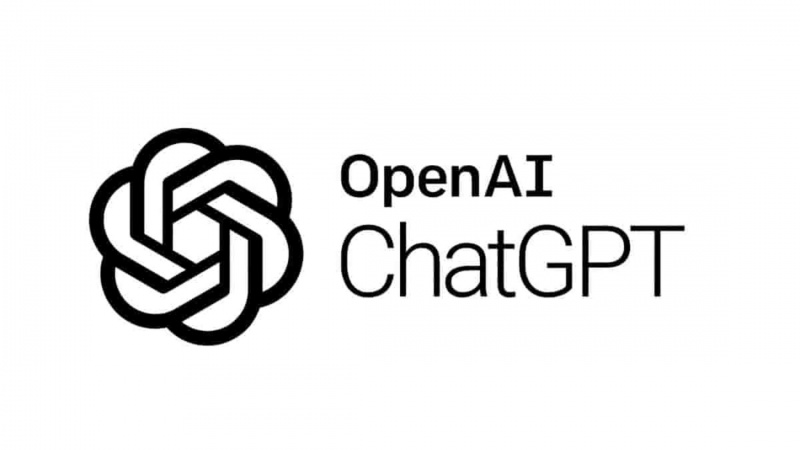
OpenAI Offers ChatGPT Go Free in India: What’s Behind This Big AI Giveaway?
- by Shan, 2025-10-28 12:19:11

Best Silver Investment Platforms for 2025: From CFDs to Digital Vaults Explained
- by Shan, 2025-10-23 12:22:46


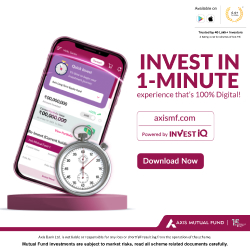
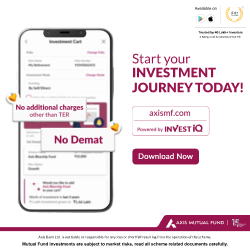
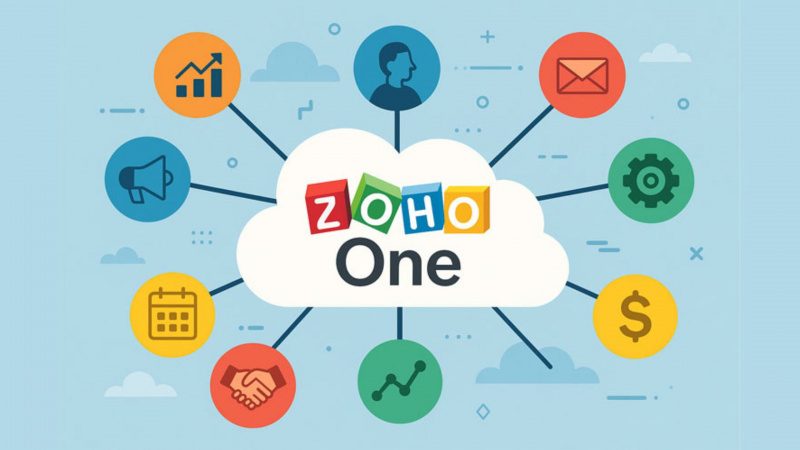
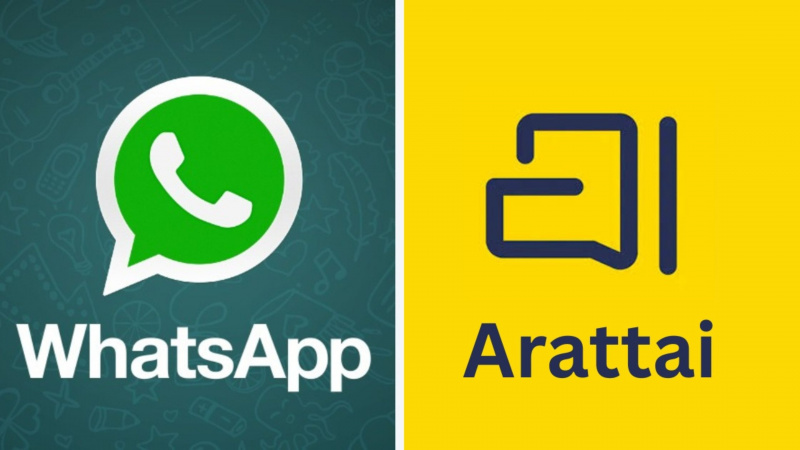
 Subscribe now
Subscribe now 